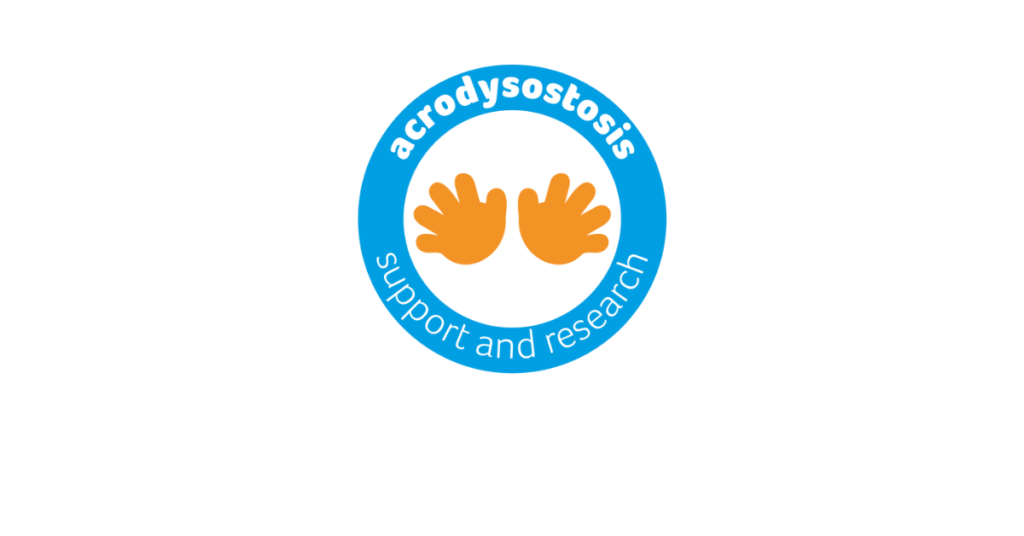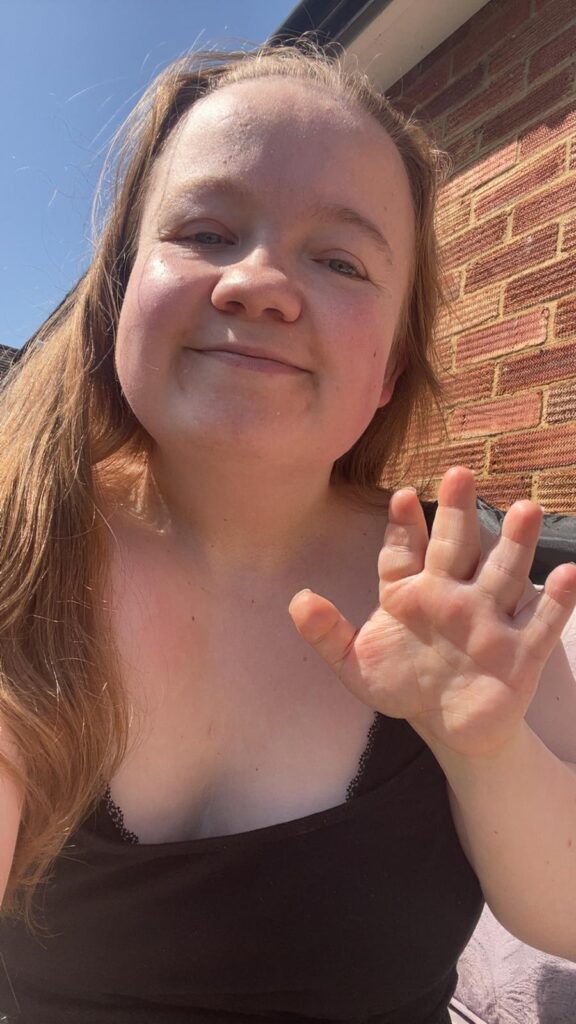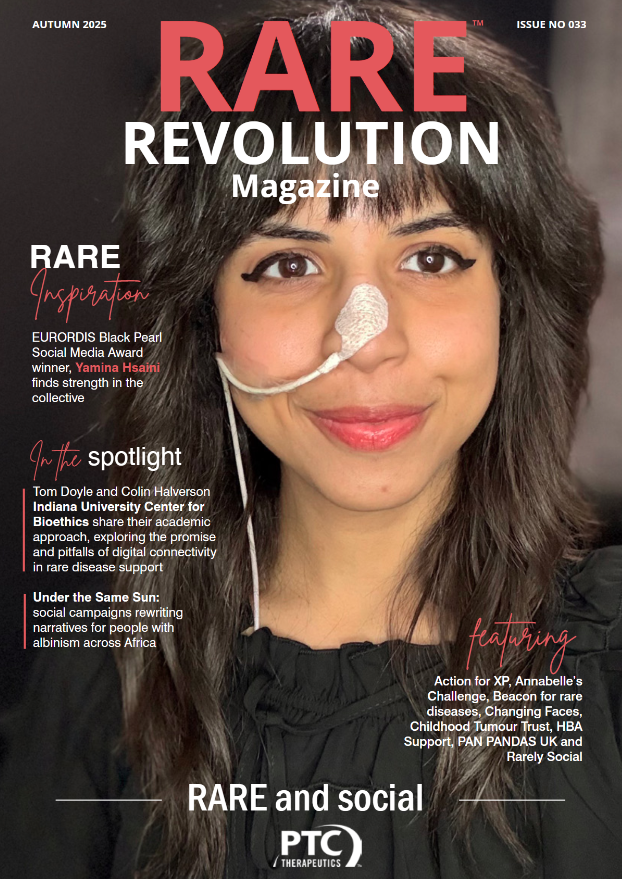Living with acrodysostosis type 1: Jordan’s story
“It’s just part of your condition”: one young woman’s fight for answers in a system that wasn’t listening

Acrodysostosis Support & Research
Jordan was 17 before she finally had a name for the condition that had ruled her life since childhood. Acrodysostosis Type 1 is an ultra-rare genetic disorder that affects bone development and hormone regulation and is so unfamiliar to most GPs that spotting the signs is often impossible. Patients like Jordan are hidden in plain sight, misdiagnosed and dismissed, left to navigate a healthcare system that simply doesn’t know what to do with them.
For years, Jordan’s symptoms, including overwhelming fatigue, chronic pain, limited mobility and unexplained issues with her growth and development, were met with uncertainty and a lack of clinical direction. But these weren’t isolated problems. Acrodysostosis is a complex condition that affects multiple systems across the body. Alongside visible skeletal differences, many people experience hormone resistance, respiratory difficulties, gastrointestinal complications, dental issues and more. It is a condition defined by its complexity, but her care was passed between departments, her records fragmented and her questions deflected.
Initial suspicions circled Albright syndrome, another rare disorder, but nothing quite matched. It wasn’t until DNA was sent to a specialist lab in Paris that the PRKAR1A gene variant revealed the truth. Even then, the ‘relief’ of a diagnosis was short-lived. “It was a relief in terms of having a name for what I’d lived with for so long,” she says. “But at the same time, it didn’t really change anything… because no one really knows much about the condition.”

Acrodysostosis is so rare there is limited research, guidelines or protocols. Most healthcare professionals aren’t trained to recognise it, let alone manage it, and after Jordan left the excellent specialist team at Great Ormond Street Hospital, the lack of support became painfully clear.
Requests for support, like medication to manage pain, were met with hesitancy and red tape. “I was kind of just left until they could get an answer or until I had my next appointment,” she says. “It went back and forth without actual communication.” Worse still, when she voiced her needs or questioned delays, she was met with repeated dismissal. “I can’t even begin to tell you the number of times I’ve heard, ‘It’s just part of your condition’. But they’re not the ones living in pain every day.”
Her experience highlights what so many rare disease patients face in the UK; a fragmented system that doesn’t communicate, doesn’t educate and doesn’t support the people who need it most. It’s not just an administrative issue; it’s a failure of compassion and care. This is the reality for many people living with rare conditions in the UK. The NHS is not set up for complex diseases like acrodysostosis, and patients like Jordan are paying the price.
Despite all of this, Jordan remained fiercely determined to move forward. The missed school days, the mental and physical exhaustion, the constant pain, Jordan refused to let her condition define her future. She poured her energy into education, earning an A* in Health and Social Care and securing a place to study paediatric nursing at university. She wanted to give back and make things better for others like her.
And then, another blow.
On her very first clinical placement, Jordan was told she couldn’t continue. The NHS couldn’t find sterile gloves small enough for her hands—a characteristic symptom of acrodysostosis. Without properly fitting gloves, she couldn’t carry out basic clinical tasks safely. Despite her capability and commitment, she was told to stop. “I had to leave altogether,” she says. “They looked up and down the country and couldn’t find any.”
This wasn’t about talent or training. It was about gloves. The NHS didn’t stock the equipment to support a rare body. And once again, Jordan was penalised—not because of what she could or couldn’t do, but because the system wasn’t built for her.
At a time when the NHS is under immense pressure and in urgent need of committed, capable nursing staff, it cannot afford to overlook individuals like Jordan. The barriers she faced were not about ability, but about infrastructure—and the cost of exclusion goes far beyond the individual.
Since then, Jordan has taken matters into her own hands, contacting glove manufacturers directly in an attempt to find a solution. But so far, no sterile options in her size have been found that meet NHS standards.
The setback was enormous, but Jordan has not let it define her. She is now channelling her efforts into patient advocacy—particularly raising awareness about acrodysostosis, about the gaps in care and working to raise awareness of the condition that has shaped her life in every way.
Jordan wants change. For rare diseases like acrodysostosis to be recognised earlier. For GPs to be trained to notice. For the NHS to have better systems for complexity, continuity and care. And for healthcare practitioners to stop saying, “It’s just part of your condition,” and start asking, “How can we help?” Her message to healthcare professionals is straightforward: “Take five minutes to know the signs, listen to patients and act sooner.”
To learn more about acrodysostosis, please visit: acrodysostosis.org


